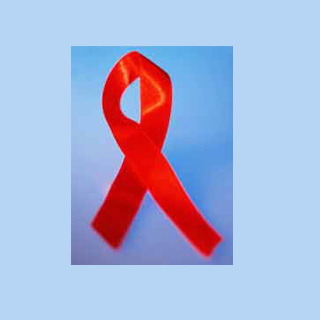
Scientists from the University of Bristol and a huge group of international collaborators, investigated data from the Antiretroviral Therapy Cohort Collaboration (ART-CC) which included almost 40,000 patients who began ART between 1996 and 2006 in Europe and North America. Out of the 1,876 deaths that took place in that time, a definitive cause of death may be allocated to roughly 85% of cases. By and large, nearly 50% of patients expired from AIDS which seems to be the most general cause of death.
Nevertheless, even through during the first year of treatment with ART, most of the deaths were seemingly AIDS-related, since deaths from AIDS drop with time for patients on ART. Non -AIDS-related deaths apparently surpassed AIDS deaths after patients had been taking ART for around four years. Lifestyle-related causes of death like suicide, drug overdose and liver disease were claimed to be the most recurrent cause i.e. 15% of non-AIDS deaths. Also the most general non-AIDS cancer accounted was seemingly lung cancer. It comprises of 4% of all deaths and 37% of all non-AIDS cancer deaths which was perhaps linked to smoking.
Augments in rates of deaths from causes linked to aging, such as other cancers i.e. 12% and cardiovascular disease i.e. 6.5%, entail that the process of aging would turn out to be a leading issue in HIV mortality in the subsequent decade.
Dr Margaret May, corresponding author on the paper published online in Clinical Infectious Diseases, commented, “We also found a strong inverse association of rates of AIDS death with CD4 counts – a measure of immune deficiency – at the time of starting ART, which supports arguments for earlier initiation of ART.â€
After the year 2000, the team discovered fewer rates of AIDS deaths that could be the outcome of newer ART regimens having enhanced strength and tolerability. Interventions to deal with threat issues for lifestyle-related causes of death, in addition to checking for and care of diseases connected to with old age may be required if the complete advantage of ART in reducing mortality is to carry on in the second decade of ART.
The research was published in Clinical Infectious Diseases.
